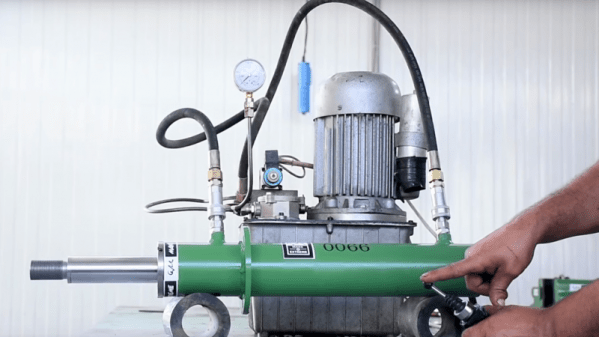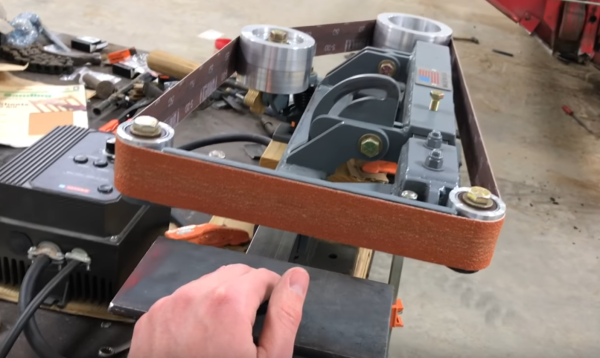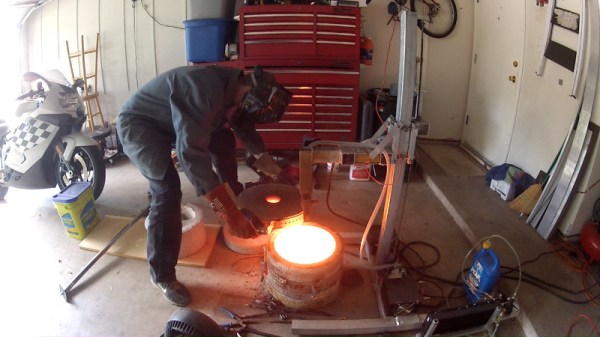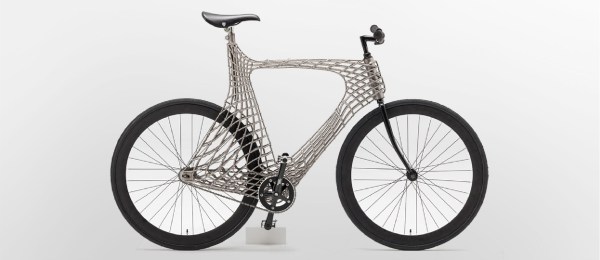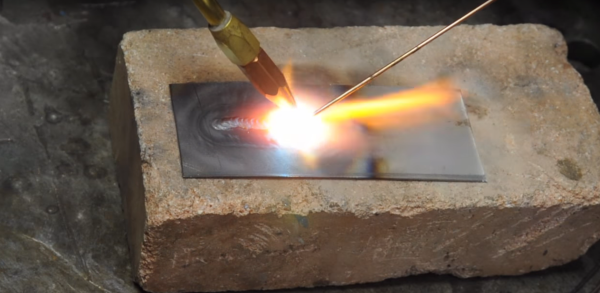When your project needs power, you might need to turn to hydraulics. There is a lot of mystery about fluid power, but there is also a huge supply chain devoted to getting you the parts you need to power your project. Off-the-shelf components may not fit your application though, in which case it might be handy to know how to build your own custom hydraulic cylinders.
While it’s true that custom cylinder builds are pretty common, it’s still interesting to see the process [MakeItExtreme] used. Starting with an off-the-shelf piston and gland, this double-acting cylinder build is a pretty straightforward exercise in machining. The cylinder is threaded at the rod end and a cap is welded onto the piston end. Threaded bosses for fittings are welded on, the business end of the rod is threaded, and everything is assembled. The cylinder turned out to be pretty powerful as the video below shows.
As a product of the prolific team at [MakeItExtreme], we can tell this cylinder is destined for another even more interesting build. It’s hard to guess where this one will end up, but we’ll bet it ends up in another tool in their shop. Maybe it end up powering a beefed-up version of their recent roll bender.
Continue reading “Custom Hydraulic Cylinders From Off-the-Shelf Components”

